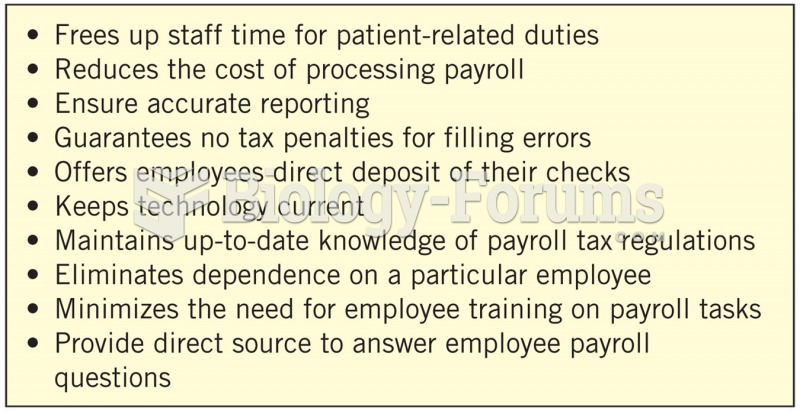Answer to Question 1
The general benefits of auctions to sellers and buyers are liquidity, price discovery, price transparency, market efficiency, lowered transaction costs, consumer aggregation, and network effects.
Sellers and buyers are connected in a global marketplace where even difficult to price items can be competitively priced based on supply and demand. Everyone in the world can see the asking and bidding prices for items, although prices can vary from auction site to auction site. Buyers are offered access to a selection of goods that would be impossible to access physically. Buyers and sellers benefit by the reduced costs of selling and purchasing goods compared to the physical marketplace. Many consumers who are motivated to buy are amassed in one marketplace, which is a great convenience to the seller. Network effects are achieved because the larger an auction site becomes in both the numbers of users and products, the greater all of the above benefits become and therefore the more valuable a marketplace it becomes.
Answer to Question 2
The four major types of Internet auctions are English, Dutch Internet, Name Your Own Price, and penny (bidding fee).
In an English auction, a single item is up for sale from a single seller. Multiple buyers bid against one another within a specific time frame. The highest bidder wins the object, as long as the high bid has exceeded the reserve bid set by the seller, below which he or she refuses to sell.
In Dutch Internet auctions, sellers with many identical items to sell list a minimum price or starting bid and buyers indicate both a bid price and a quantity desired. All winning bidders pay the lowest winning bid that clears the available quantity. Those with the highest bid are assured of receiving the quantity they desire, but only pay the amount of the lowest successful bid. This is referred to as a uniform pricing rule.
In Name Your Own Price or reverse auctions, buyers specify the price they are willing to pay for an item and multiple sellers bid for their business. This is one example of discriminatory pricing in which winners may pay different amounts for the same product or service depending upon how much they have bid.
In a penny (bidding fee auction), you typically must pay the penny auction site for bids ahead of time, typically 50 cents to 1 dollar, usually in packs costing 25-50. Once you have purchased the bids, you can use them to bid on items listed by the penny auction site (unlike traditional auctions, items are owned by the site, not third parties). Items typically start at or near 0 and each bid raises the price by a fixed amount, usually just a penny. Auctions are timed, and when the time runs out, the last and highest bidder wins the item. Although the price of the item itself may not be that high, the successful bidder will typically have spent much more than that. Unlike a traditional auction, it costs money to bid and that money is gone even if the bidder does not win the auction. The bidder's cumulative cost of bidding must be added to the final price of a successful bid to determine the true cost of the item.







